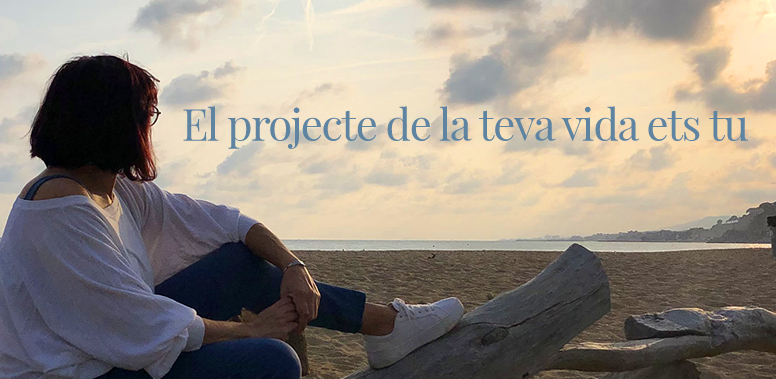Many people come to therapy feeling trapped by guilt: an invisible weight that immobilizes them, feeding inner reproach, rumination, and paralysis.
And yet, there is another way to look at it: if we can identify its root, give it its rightful place, and release unnecessary anchors, guilt can transform into responsibility, into an opportunity for repair, growth, and liberation.
This article invites you to explore the two faces of guilt —the limiting and the adaptive— and offers you a practical guide to move from emotional confinement to a new perspective.
What is guilt and why do we feel it?
Guilt is a painful feeling that arises when we perceive that we have acted against our own values or inner rules.
It does not always come from actual facts: often it stems from perceived mistakes, omissions, rigid expectations, or impossible ideals we impose on ourselves. That inner moral voice —shaped by education, culture, family, environment— judges, compares, demands.
In many cases, it is not so much what happened that weighs on us, but what we believe we should have done, what we avoided, or what we left unfinished.
Limiting guilt
When it dominates, it becomes a barrier. You can identify it when you notice:
• Inner paralysis: it blocks action, change, or repair.
• Constant rumination: endless mental loops about what “should have been done.”
• Harsh self-criticism: a voice that accuses relentlessly.
• Fixation on the past: inability to live in the present or project into the future.
• Inability to repair: shame or fear prevent approaching others or seeking alternatives.
This kind of guilt imprisons, exhausts, and erodes. In therapy, the first step is to recognize it, define it, and reframe it.
Adaptive guilt: when it can be an ally
There is a healthier and wiser way to relate to guilt. Its features are different:
• It is proportional: the pain matches the real mistake, without magnification.
• Acts as a moral alarm, not as an executioner.
• Promotes repair: apologizing, making amends, changing future behaviors.
• Has a cycle: it arises, fulfills its function, then gives way to other emotions.
• Is rooted in self-compassion.
The key is distinguishing between healthy guilt, which warns and mobilizes, and destructive guilt, which paralyzes.
From guilt to responsibility
One of the most powerful therapeutic tools is changing our inner language.
Guilt often places us as prisoners of something external, motionless, without the power to transform it. Yet, almost always, it carries a hidden lesson.
Responsibility, on the other hand, restores our capacity to act: when something is your responsibility, you are in a position to decide, move, and choose.
It is not about denying guilt, but about integrating it and turning it into a bridge toward what we can do.
Practical guide: from limiting guilt to mobilizing responsibility
1. Name it
Define the specific action that weighs on you: not “I am guilty,” but “I didn’t speak up,” “I avoided making the right decision.”
2. Challenge rigid beliefs
Review ideas like “I must be perfect” or “I cannot fail.” Recognizing their unreality releases part of the burden.
3. Distinguish what depends on you
What is outside your control also lies outside your responsibility. Focus your energy on what you truly can change.
4. Take symbolic or real reparative action
Apologize, make amends, or commit to an inner gesture. Sometimes one small act is enough to close a cycle.
5. Practice self-forgiveness
Making mistakes does not define you. An error can be a teacher, not a sentence.
6. Allow time for reflection
Reflection is not about endless loops, but about understanding what happened, organizing it, and deciding how to act differently.
7. Seek professional support
If guilt is constant, excessive, or paralyzing, therapy can provide the support needed to release it.
Guilt does not have to be a life sentence. It can become an inner message that guides us toward repair and growth.
Turning guilt into responsibility means learning from mistakes so they no longer limit us, but instead invite us to act with awareness and wisdom.





